Podcast: Play in new window | Download
Subscribe: RSS
Think about your favorite professional sports team. When was the last time they were holding the championship trophy at season’s end? It doesn’t happen very often for most franchises.
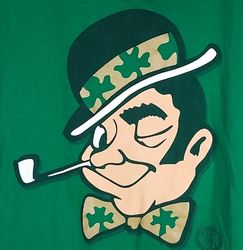
Right now, basketball fans of the Boston Celtics are yearning to add an 18th banner to the rafters of TD Garden. It would be their first since 2008.
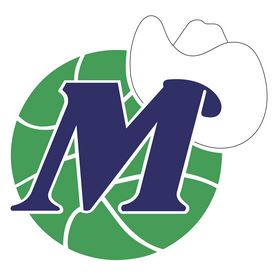
For the Dallas Mavericks, an NBA title would be the second in the 44 years of Big D’s basketball team and the first since Dirk Nowitzki led the Mavs to their lone NBA title in 2006.
Even a storied franchise like the Boston Celtics can have a lengthy drought between titles. When there are 30 or more teams competing in a professional sports league with extremely talented players, it is unrealistic to expect that YOUR favorite team will be playing in the championship round every season.
Baseball’s Boston Red Sox fans are getting antsy
The 2004 Boston Red Sox broke an 86-year drought by finally breaking through to win the World Series 20 years ago. Since then, the BoSox have added three more titles in 2007, 2013, and 2018.
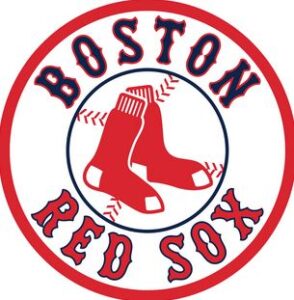
Four championships in 14 years is an exceptional accomplishment, indeed!
Last week, the owner of the Boston Red Sox franchise raised the ire of die-hard Red Sox fans by (effectively) saying that Boston fans are spoiled and should not expect to compete for the title every year.
John Henry raised temperatures in Beantown with this comment:
“Because fans expect championships almost annually, they easily become frustrated and are not going to buy into what the odds actually are – one in 20 or one in 30.”

Statistically speaking, he’s absolutely right. Just don’t tell that to the fervent baseball fans in Boston. They are six years removed from their last World Series win and have a middle-of-the road 33-33 record through Sunday, June 9.
Red Sox fans are incensed to see that their hated rival, the New York Yankees, are currently 12 ½ games ahead of Boston in early June. Compounding their angst, the Boston Red Sox have posted a losing record in three of the last four seasons. Long-time fans are unhappy and blame the team’s ownership and management for this decline.
How do teams compete when the richest ones keep trying to buy championships?
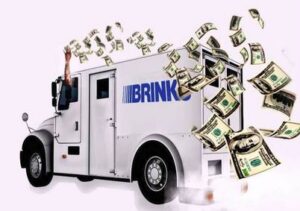
In 2024, the first place New York Yankees are spending over $290 million on their 26-man roster. That equates to a whopping $11 million per player! The Yankees may be a perennial playoff team, but their last World Series championship came 15 years ago in 2009.
By comparison, the Boston Red Sox are paying healthy $161 million for players this year (12th among the 30 MLB teams).
On the low end of the pay scale, the hapless Oakland A’s have the lowest payroll of any MLB team in 2024 at $47 million. That’s $25 million below the #29 team as the nearly-as-hapless Pittsburgh Pirates check-in at $72 million.

The Oakland A’s baseball franchise is also leaving town after this season.
John Fisher, the A’s current owner, refuses to sell the team and is tired of negotiating with the taxpayers of Oakland for a new ballpark. The team moved to Oakland from Kansas City back in 1968. It is still playing in the same stadium (Oakland Coliseum – which was once used for both football and baseball) for the past 56 years.
The NFL Raiders football team have already left town as they moved to Las Vegas in 2020.

The baseball team is following suit and moving to Las Vegas beginning in the 2028 season once a new baseball stadium is completed. From 2025 through 2027, the A’s will make an interim move to Sacramento for three years. The team will be called “The A’s” during that period.
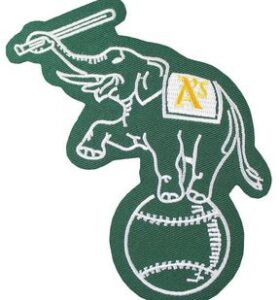
The A’s last won a World Series in 1989. The Pittsburgh Pirates last title came during the Wille Stargell-led “We Are Family” season back in 1979. Since then, Pittsburgh’s baseball team has qualified for the playoffs only six times in 45 years. Ouch.
What would you do if you owned a major league franchise? Spend freely on players or pinch pennies?

Since we’ve been discussing major league baseball, let’s imagine that we purchased a perennial bottom feeder franchise which plays in a good stadium with an enthusiastic sports market.
How about the Pittsburgh Pirates?

The team’s payroll is the second lowest in the major leagues. Though we have established that a high payroll doesn’t guarantee a playoff season, the lowest paid teams are the most likely to miss the playoffs at season’s end.
The Pirates’ home attendance (throuh June 7) ranked #25 out of 30 baseball teams at 19,651 per home game. By the way, the Los Angeles Dodgers are averaging more than 46,000 fans per game, while the traveling Oakland A’s are the lowest draw (by far) at just 6,900 per home game.

Pittsburgh is ranked #23 (of 30 MLB teams) by television market size with a metropolitan area of 2.7 million people. That means the value of local media rights will be significantly lower than teams in the largest population centers.
If the Pirates’ team payroll was increased by $100 million per year, could the team make a profit?

Doubtful. The Pittsburgh Pirates’ lovely downtown baseball stadium (PNC Park) holds about 39,000 fans. This season, 50% of the stadium’s seats are going unsold for every home game.
To spend an additional $100 million on better players, the team would need to generate a significant amount of new revenue. With 81 home games per year, an incremental $1,234,567 (no joke – do the math!) would be needed to break even.

Let’s assume that the team would draw an extra 10,000 fans per game to watch a (perhaps) more competitive Pirates baseball team. According to one source, the Pirates had the 17th highest average ticket price last year at nearly $60. Those 10,000 extra fans would also generate $60 per ticket and (let’s say) another $20 of profit per person from parking, concessions, and merchandise. That equates to $800,000 of new revenue per home game.
Alas, that leaves a $400,000/game deficit or a $32,400,000 loss for the entire season.

What other options does a team have to raise revenue and/or lower its costs?
The cheapest way is to draft and develop exceptionally talented young players rather than build a roster with veteran players via free agency. Though a first round draft choice requires payment of a hefty signing bonus, their annual pay is considerably lower than veteran major league players.
For example, LSU pitcher Paul Skenes was the top college player in the Major League Baseball draft in 2023.

Selected #1 by Pittsburgh, he received a signing bonus of $9.2 million. Players drafted in Rounds 2-10 received much lower amounts. By Round 10, the signing bonuses last year averaged about $170,000 per player.
After the signing bonus is paid, the annual salary for rookie contracts can be as low as $57,000 per year for minor leaguers.
If a player ascends to the big leagues, Major League Baseball requires the player to earn at least $740,000 annually. That is still much cheaper than the $5 million average MLB player pay.
Another way to save money is to find motivated players near the end of their careers who are able to add value to a team. For example, a veteran back-up catcher could be signed for a much lower cost than high-demand star. Blending younger talent with these seasoned players can make for a competitive team.
This “Tampa Bay Rays” model isn’t guaranteed to succeed for long, though
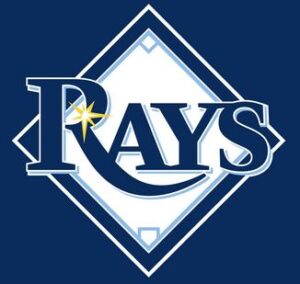
The Tampa Bay Rays baseball team has found success in recent years with one of the lowest payrolls in Major League Baseball. The team has qualified for the playoffs for five straight years and even played in the 2020 World Series.
The Rays have found creative ways to develop young players taken in the draft while still in their rookie contracts and added some below-market price veterans via free agency to round out the roster.
However, those top rookies’ contracts eventually expire. Once they do, the major market teams (such as New York and Los Angeles) with the highest annual revenues tend to bid-up the price and lure those players away. The lower revenue teams simply can’t afford to keep more than a handful of their younger stars for the team to remain profitable.

And so it goes.
Is the Boston Red Sox team owner correct that fans should learn to be more patient?
Statistically speaking, the answer is “Yes”.

Unlike Dallas Cowboys team owner Jerry Jones (who has been promising fans that his 2024 team is going “All in”), most professional sports franchises fail to get into the championship round most years. About half of pro sports teams don’t even qualify for post-season playoffs.
Teams which continue to flounder for multiple years, though, tend to have a primary owner who is reluctant to make changes in the management team to find a more creative way for the franchise to become more competitive.
It is a lot cheaper to hire and fire team management every few years than it is to sign a $30 million per year star pitcher.

Some franchise owners (such as baseball’s Oakland A’s) have decided to cut their team budgets down to the bone so that the team can still turn an annual profit even if almost no one shows up at the ball games.
It is up to the sports league itself to remove misfit owners and force a sale of the franchise to a new ownership group willing to try something new and restore credibility in the local sports market. Unfortunately, the clique of professional sports team owners is rather tight. Most leagues are quite reluctant to admit that any member of their “family” should be booted out of their elite club and replaced.
Boston Red Sox team owner John Henry’s recent comments certainly lacked empathy for Red Sox fans.
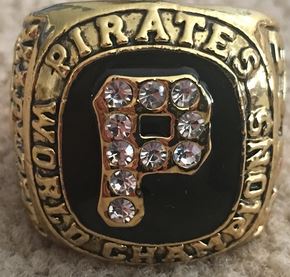
However, long-time baseball fans in Cleveland (75 years since winning a World Series) along with San Diego and Milwaukee (both 55 years without a World Series) aren’t feeling sorry for those “spoiled” Boston Red Sox fans right now, either.

